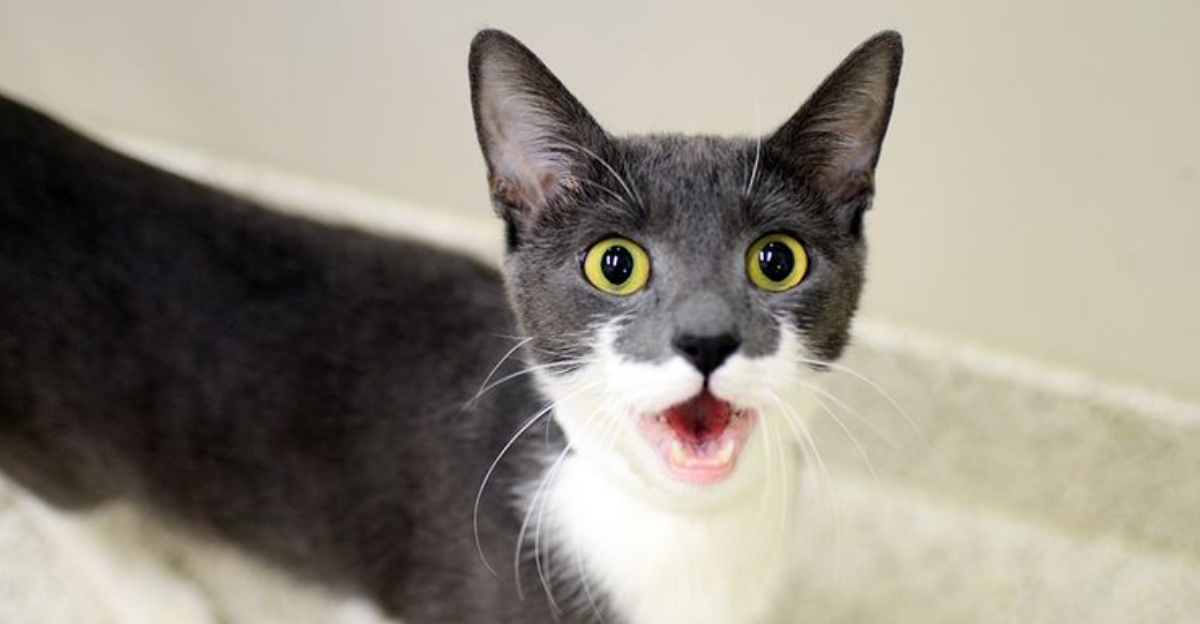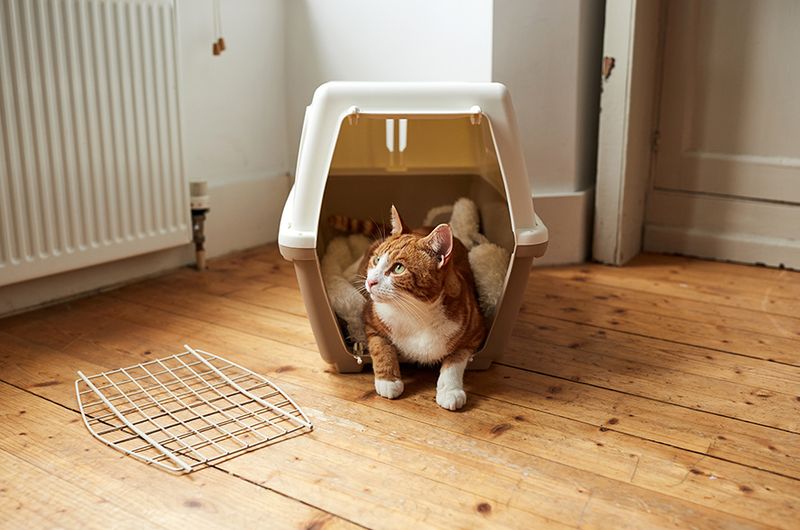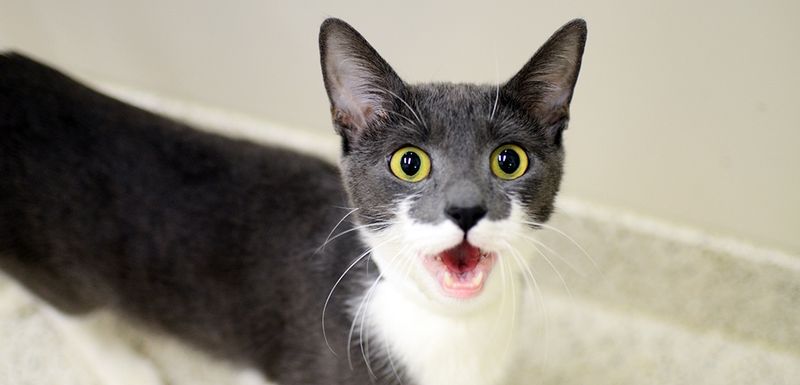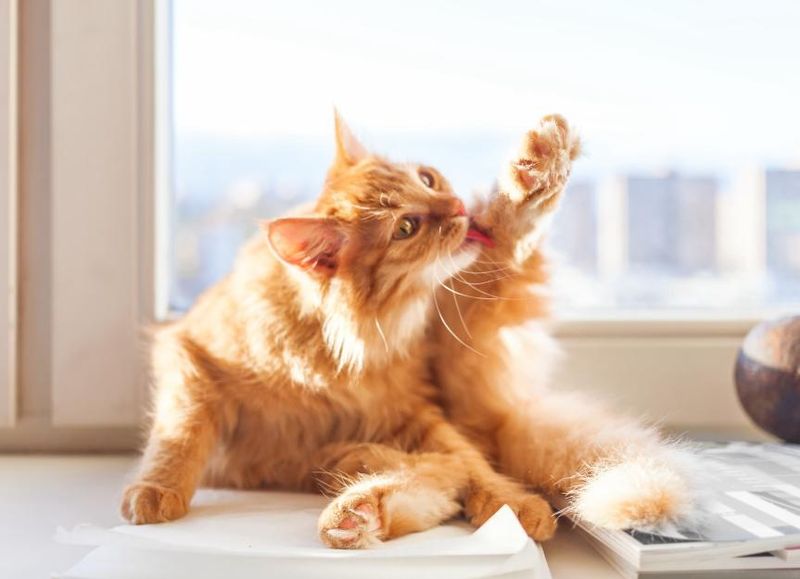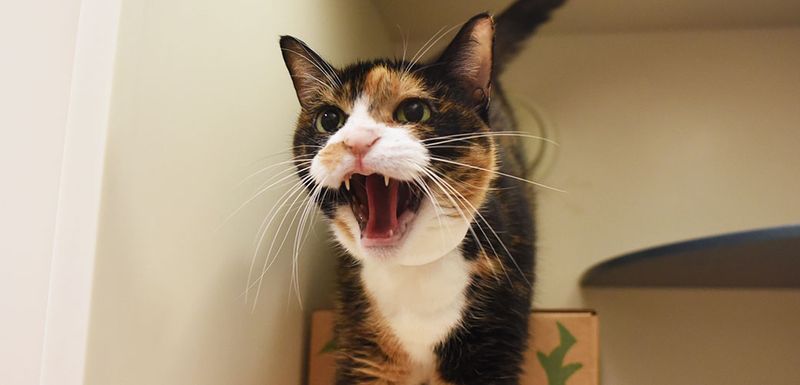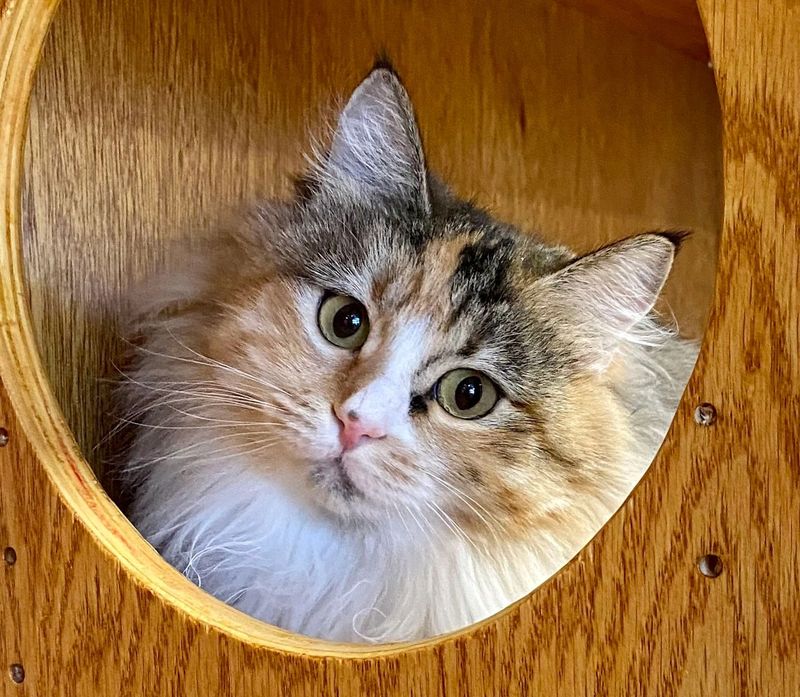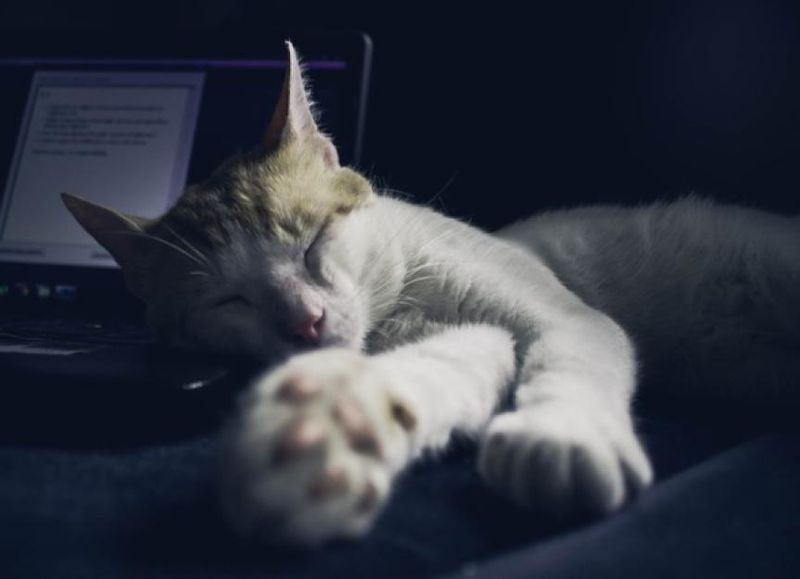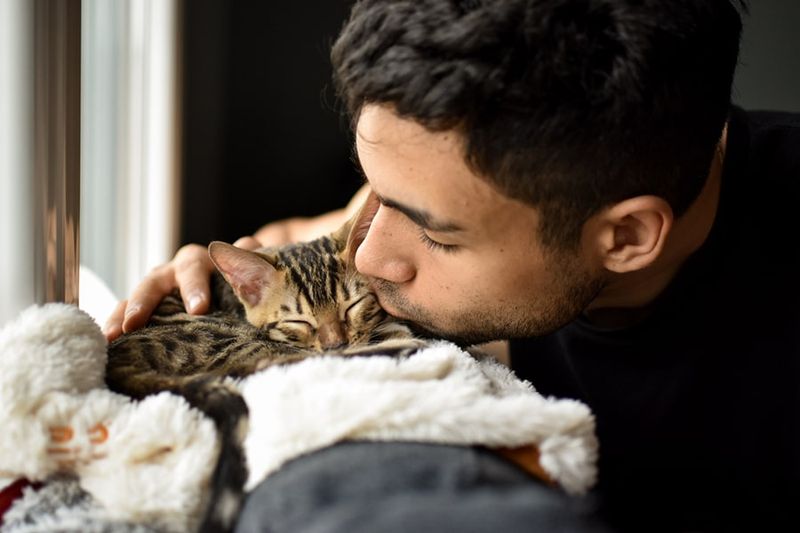📖 Table of Content:
Rehoming a cat is a powerful act of love, but it often comes with emotional turbulence — especially for the feline. Cats are creatures of habit, deeply attached to their environments, and sudden changes can shake their emotional stability. Whether adopted from a shelter, a foster home, or a previous owner, these sensitive animals experience transitions in unique and sometimes subtle ways.
Understanding a rehomed cat’s emotional behavior is crucial for both their well-being and the development of a trusting relationship. While some cats may adapt quickly, others display signs of distress, confusion, or even fear. These emotional responses can manifest in behaviors that may be easily misunderstood by new owners unfamiliar with feline psychology.
This guide walks you through ten of the most common emotional shifts that rehomed cats experience. Each one is a window into your cat’s internal world — a signpost along the journey from uncertainty to trust. By recognizing and respecting these shifts, you’ll be better equipped to provide a calm, loving, and reassuring environment. Your understanding could be the very thing that helps your new companion finally feel safe again. Let’s explore what those emotional changes look like and what they really mean.
1. Withdrawal or Hiding
Almost instinctively, many newly rehomed cats seek out solitude, retreating into closets, under beds, or behind furniture. Hiding provides them with a sense of security as they process the sudden shift in surroundings. It’s not an act of rejection but a natural survival mechanism rooted in caution and fear. These quiet moments allow cats to observe their environment from a safe distance before they decide to engage. Avoid forcing interaction during this stage — patience is more powerful than pursuit. Gradually, small signs like eye contact or inching closer will signal their trust is forming. Consistency and calm behavior from you will coax them into the open, both physically and emotionally.
2. Increased Clinginess or Attachment
On the opposite end of the spectrum, some cats react by becoming unusually attached to their new human companion. Seeking closeness is a way for them to establish emotional security in a strange place. They may follow you room to room, vocalize frequently, or curl up on you whenever possible. Instead of independence, they crave presence, reassurance, and routine. These cats often experienced prior instability and are eager to bond quickly. While it may seem overwhelming at first, this neediness often fades as their confidence grows. By being emotionally available during this phase, you lay the groundwork for long-term trust.
3. Loss of Appetite
Food refusal is one of the first and most common signs of emotional stress in rehomed cats. Transitioning to a new environment can dull their senses, reduce curiosity, and suppress hunger. Even familiar food might be ignored as their body enters a kind of emotional pause. Rather than panic, monitor hydration and consider hand-feeding or warming the food slightly to encourage interest. Sometimes a quiet, private eating spot makes all the difference. If appetite loss lasts longer than 48 hours, a vet visit is wise to rule out physical causes. Emotional eating recovery typically follows once a sense of safety returns.
4. Vocalization Changes
Changes in how often or how loudly a cat vocalizes can reveal much about their inner state. Newly adopted cats may begin meowing excessively to seek reassurance or to express confusion. Some become eerily silent, especially if overwhelmed or depressed. This behavior is often misunderstood as annoyance or moodiness, but it’s really a form of feline communication. Tones, pitch, and frequency vary — some sounds indicate fear, others a plea for connection. Attentive listening helps decode what your cat is trying to express. Responding with a calm voice and gentle tone can be surprisingly comforting to them.
5. Excessive Grooming or Lack of Grooming
Self-grooming is a deeply ingrained feline behavior, but stress can distort it dramatically. You might notice your cat obsessively licking one area or neglecting grooming altogether. Excessive grooming may lead to bald patches, a sign of anxiety channeled into compulsive behavior. In contrast, matted fur or unkempt appearance shows they’ve lost emotional motivation for self-care. Neither scenario should be ignored, as both reflect an internal imbalance. Encourage calmness with soothing routines and provide low-stress spaces for unwinding. With time, their grooming habits often normalize as confidence is restored.
6. Litter Box Issues
Rehomed cats may struggle with using their litter box appropriately, even if they were well-trained before. Accidents outside the box are rarely acts of rebellion; more often, they signal stress, fear, or disorientation. Some cats need time to map out their new territory before feeling secure enough to use the designated spot. Strong unfamiliar smells or location changes can also disrupt their normal behavior. Consider trying different types of litter or moving the box to a quieter area. Never punish — it only increases fear and confusion. Positive reinforcement and a clean, calm environment go a long way toward solving this.
7. Aggression or Defensive Behavior
Unprovoked hissing, swatting, or biting may appear in cats who feel cornered or overstimulated. Defensive behavior is their way of saying “I’m not ready” in the only language they know. This isn’t a reflection of their permanent temperament but of emotional upheaval. Giving them space and avoiding eye-level approaches can reduce their defensive posture. Routines, soft tones, and avoiding sudden movements are your allies during this period. Time and respect usually tame this storm, revealing a much softer personality beneath the fear. Aggression rooted in trauma often fades with consistent safety and love.
8. Play Behavior Changes
Sudden shifts in playfulness — either reduced interest or sudden hyperactivity — are emotionally telling. Cats might withdraw from toys because they feel too insecure to engage, or they may pounce and dash unexpectedly as a stress outlet. Observing how and when your cat chooses to play gives insight into their emotional state. Interactive play can be used as therapy, helping them form new positive associations with their environment. Never force play; rather, let them initiate it and match their energy. Rotating toys or introducing puzzle feeders can also reawaken their curiosity. When play resumes naturally, it’s a strong sign of emotional progress.
9. Sleep Pattern Disruptions
Changes in sleep patterns can be among the more subtle indicators of emotional distress. Cats may sleep excessively as an avoidance behavior or stay unusually alert and restless. A rehomed cat might initially find it hard to relax, especially if they feel unsafe or overstimulated. Look for odd sleeping locations, like perches or hiding places, as indicators of emotional guarding. Establishing quiet hours and providing warm, enclosed beds can aid restful sleep. Gentle, predictable routines help signal safety and consistency. Eventually, their sleep becomes more rhythmic — a reflection of emotional regulation.
10. Gradual Comfort and Curiosity
Signs of recovery appear when cats begin exploring with confidence and initiating social contact. They’ll sniff more, perch higher, or start roaming into previously avoided areas. This exploratory behavior indicates emotional thawing — they’re opening up to their new world. Small steps like rubbing against your leg or slow blinking are trust-building moments. Encouraging curiosity through open doors, toys, or treats invites them to expand their comfort zone. Every stretch, head bump, or relaxed nap is a silent thank-you for your patience. By recognizing these cues, you affirm their emotional progress — and your bond strengthens as a result.
